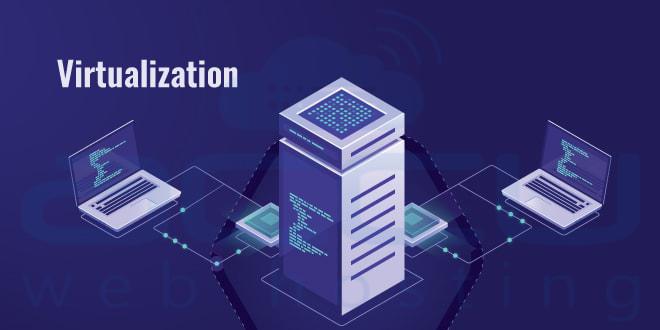Introduction to Virtualization in Logistics
Virtualization in container logistics marks a pivotal shift towards more efficient, digitalized operations. This technology allows for the creation of a simulated, digital version of logistics resources, including storage space, networks, and even entire shipping processes. By leveraging virtualization technologies, logistics operations can achieve unprecedented levels of efficiency and digital transformation, adapting to the dynamic demands of global trade more fluidly.
Key Components of Virtualization
At the core of virtualization lie several critical components. Software-defined logistics redefine how resources are allocated, ensuring optimal use of every asset. Virtual resource management and cloud-based platforms introduce scalability and flexibility, allowing logistics providers to manage operations more effectively. These components work together to create an integrated, secure, and scalable infrastructure that supports all facets of modern container logistics.
Benefits of Virtualization in Container Logistics
Virtualization offers manifold benefits to container logistics operations. It leads to enhanced operational efficiency by automating and optimizing various logistical processes. The scalability and flexibility afforded by virtual systems mean that companies can easily adjust to changes in demand. Furthermore, real-time data access through virtualized systems improves decision-making, enhances tracking accuracy, and ultimately reduces costs, providing a competitive edge in the market.
Challenges and Solutions in Implementing Virtualization
Despite its benefits, virtualization comes with its set of challenges, including security concerns and technical hurdles. The transition to a virtualized environment requires meticulous integration with existing systems, ensuring data integrity and system compatibility. Overcoming these challenges involves adopting robust security measures, continuous technical support, and innovative integration strategies. Solutions often involve collaboration with technology providers and a gradual transition plan to incorporate virtualization into the logistics infrastructure.
Comparative Table: Traditional Logistics vs. Virtualized Logistics
| Feature | Traditional Logistics | Virtualized Logistics |
|---|---|---|
| Operational Efficiency | Standard | Enhanced |
| Scalability and Flexibility | Limited | High |
| Data Access and Analysis | Manual Processes | Real-Time and Automated |
| Cost Efficiency | Variable | Improved with Virtualization |
| Integration with Systems | Complex | Seamless |

